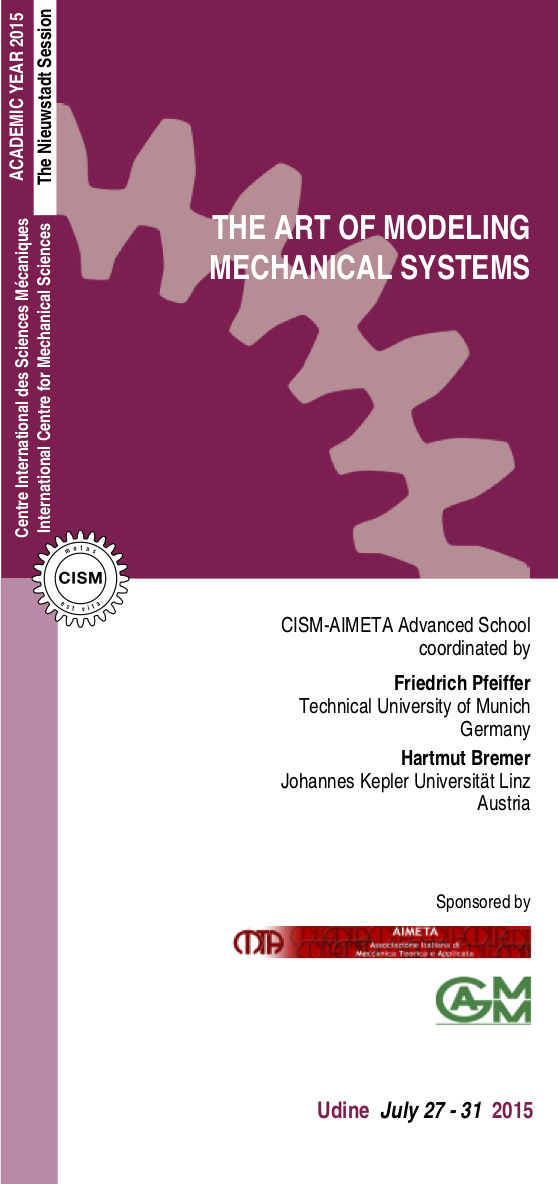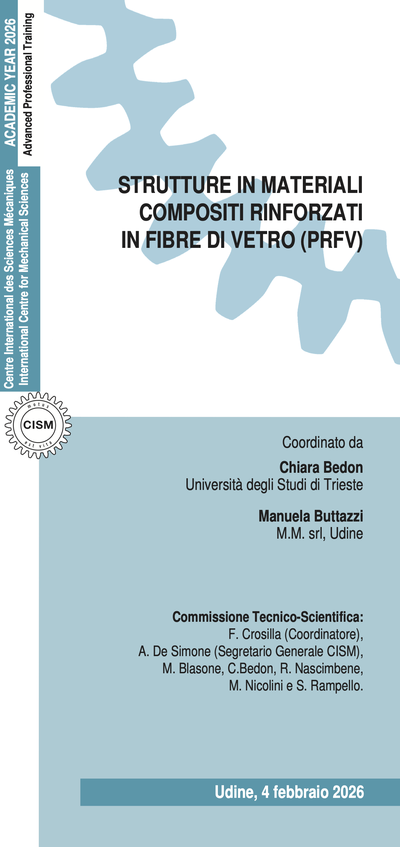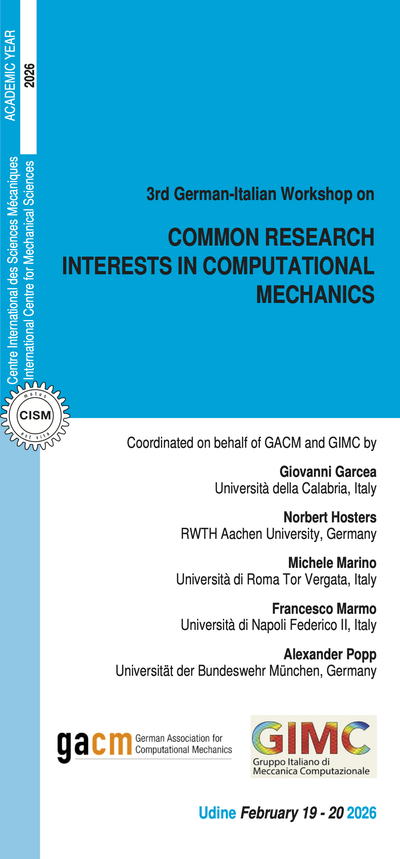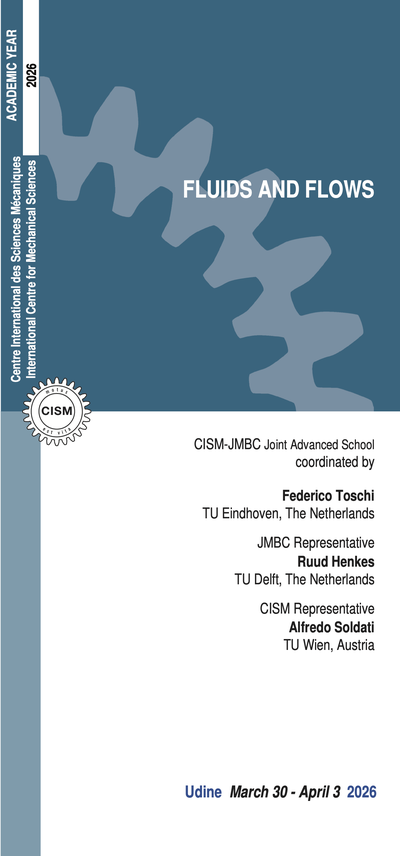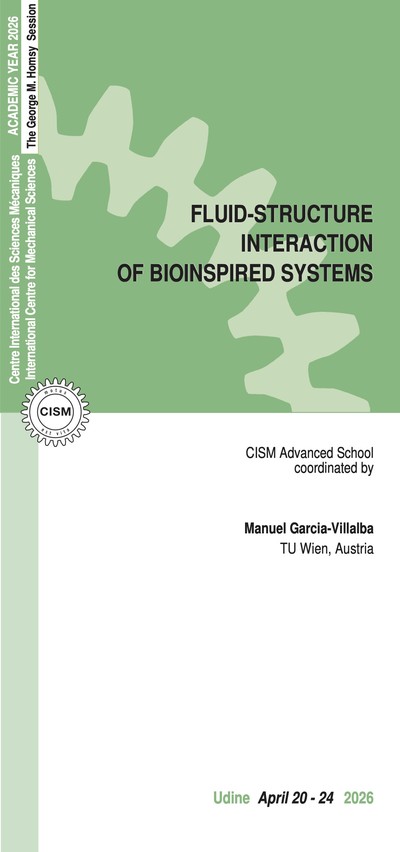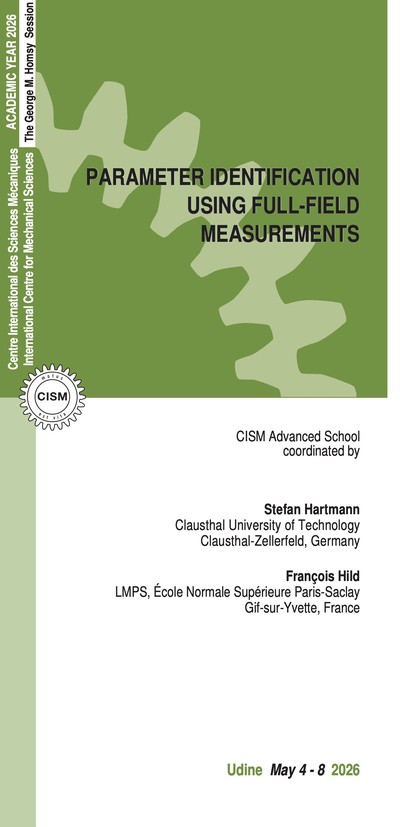Engineering and Physics cannot be thought of without models; models, which represent the real world to the best of our knowledge. And, before starting with any mathematical description, we must establish something like a phenomenological picture, a symbolic map of the real world’s structures with elements like masses, springs, dampers, fluid system, thermodynamic elements and so forth and with elements of interconnections. This first step of mechanical modeling is mostly underestimated, but it decides very substantially about the success of all following activities like mathematical modeling, numerical algorithms and finally computer codes. Therefore, it is worth looking at that more systematically, in spite of the fact that there do not exist systematic approaches to these problems. Establishing models includes very strong phenomenological issues. Models should be as simple as possible and so complex as necessary, not more and not less. And all this is still more an art than a science. Good modeling requires a deep insight into the performance of the real world’s objects, may it be a machine, a building, an airplane or human walking. We must understand how it works, in terms of operations, functions, dynamics, kinematics, stability and deformation, noise and wear under given leading conditions. But this is only one important precondition. Other aspects are the goals and requirements of models. Firstly, very simplified models might nevertheless represent the main features of a problem in such a way that they provide some physical insight, especially with regard to parameter influences. Secondly, we may establish models by considering as many details as possible. Such models are large, costly and sometimes leading to cloudy results. But done in a skillful way such models are the basis for physical understanding and for improving design. Thirdly, we may find models with similar features as our real world case, but only in a more qualitative sense. This might help sometimes to understand the physical background of a problem. From all this we know, that modeling mechanical systems requires insight and intuition. The course concerned with such a topic aims at presenting some rules for mechanical models in a more general systematic way, always in combination with small and large examples, many from industry, able to illustrate the most important features of modeling. It will be not a course presenting mathematical solution algorithms, but discussing the best way to a good solution. The course has a strong focus on the art of modeling. The course is addressed to researchers and engineers from academia and from industry, to doctoral students and to postdocs, working in the fields of mechanical, civil and electrical engineering as well as in fields like applied physics or applied mathematics.
Bremer, Hartmut Elastic Multibody dynamics, Springer Verlag London Berlin Heidelberg, 2008. Brogliato, Bernard Nonsmooth Mechanics, Springer Verlag London Berlin Heidelberg, 1999. Magnus, Kurt, Popp, Karl Schwingungen, Teubner Studienbücher Mechanik, B.G.Teubner Stuttgart 1997. Nayfeh, Ali, Balachandran, Balakumar Applied Nonlinear Dynamics, Wiley Series in Nonlinear Science, John Wiley \&Sons, Inc., New York, 1995. Pfeiffer, Friedrich Mechanical System Dynamics, Springer Berlin Heidelberg, 2008. Martins, João A.C., Raous, Michel (Eds), Friction and instabilities, CISM Courses and Lectures, Springer Verlag, n°457, Wien-New York, 2002. Shabana, Ahmed, A. Dynamics of Multibody Systems, Cambridge University Press, Cambridge, New York, 2005. Wriggers, Peter Computational Contact Mechanics, 2nd edition, Springer, 2006. Nonlinear Finite Element Methods, Springer, 2008.
Hartmut Bremer (Johannes Kepler Universität Linz, Austria)
6 lectures on: Fast moving robots: stationary, mobile, redundant: Modelling the physical world of robots: Ingredients and mathematical description (rigid and/or elastic bodies; holonomic and/or non-holonomic variables; which strategies are most effective?; Modelling the control plant: justifiable neglections; Simulation and experimental verification (towards industrial knowledge transfer).Friedrich Pfeiffer (Technical University of Munich, Germany)
6 lectures on: On problems of modeling large dynamical systems, choice of the DOF, neglections, reduction, industrial examples: models – from a real world to a virtual world; the problem of small and large models; simplifications and neglections; typical examples.Michel Raous (Lab. de Mécanique et d'Acoustique, Marseille, France)
5 lectures on: Art of modeling in contact mechanics; choosing a model : complexity (contact, friction, adhesion, ...), scales (and multi-scales), discrete and continuous approaches, identification and sensitivity to the parameters, numerical simulation and computations, regularization and consequences ; constructive aspects of mathematical analysis regarding an experiment, an industrial problem or a simulation.Ahmed Shabana (University of Illinois at Chicago, IL, USA)
6 lectures on: Considering of flexible bodies, method for developing flexible body models, fundamental differences between different approaches: flexible multibody system dynamics, introduction; small deformation problem; large deformation problem; computational geometry (CG), finite element (FE), and Multibody System (MBS) algorithms; future MBS algorithms.Steven Shaw (Michigan State University, East Lansing, MI, USA)
6 lectures on: General area: modeling for nonlinear behavior in dynamic systems: when should one account for nonlinear behavior in vibrating systems; modeling and scaling for asymptotic analysis; the curse of modeling for dissipation: damping and friction; modeling with symmetry: systems of order-tuned torsional vibration absorbers; multi-physics modeling of Micro Electro-Mechanical Systems (MEMS) resonators; the connection between dissipation and noise in micro- and nano-scale resonators.Peter Wriggers (Leibniz Universitaet Hannover, Germany)
6 lectures on: Art of modeling in solid mechanics: examples of engineering problems in civil and mechanical engineering; classical modeling using reduced models, the art of engineering; use of modern simulation tools: advantages and possible drawbacks; automatic reduction of complex models.